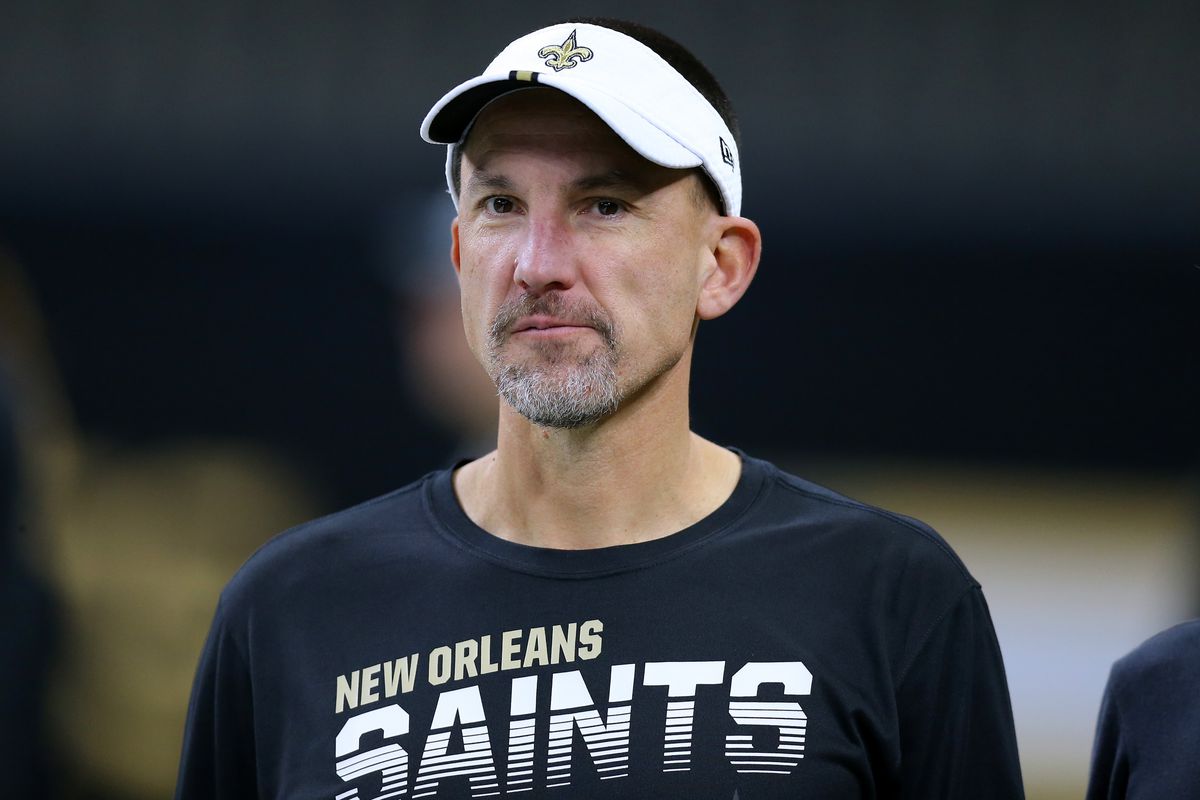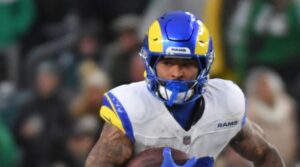
The New Orleans Saints, known for their active trading history, didn’t shy away from making moves in this mock draft, mirroring their tendency in the NFL. After navigating their way out of salary cap constraints, the Saints are focusing on building through the draft to solidify their roster post-Drew Brees. With the pressure on head coach Dennis Allen, the Saints are determined to assemble the best possible team for the 2024 season.
To address their draft needs, the Saints started off with a trade, recognizing their lack of third and fourth-round picks. They opted to leverage their surplus of fifth-round picks to acquire a better mid-round selection, prioritizing depth and talent in their draft strategy.
In the first round (17th overall), the Saints selected Taliese Fuaga, an offensive tackle, to bolster their offensive line, a critical need given the uncertainties surrounding Ryan Ramczyk’s health. Fuaga’s physicality and ability to start immediately should provide much-needed protection for quarterback Derek Carr.
In the second round (45th overall), the Saints picked Ricky Pearsall, a wide receiver, to replace the departing Michael Thomas. Pearsall’s versatility and ability to excel in short and intermediate routes make him a suitable replacement for Thomas.
In the third round (87th overall), the Saints traded up to select Dominick Puni, an offensive lineman with versatility to play tackle or guard. This move addresses their need for depth on the offensive line while providing insurance for Ramczyk’s injury.
In subsequent rounds, the Saints added depth at running back with Dylan Laube, quarterback with Joe Milton, and safety with Daijahn Anthony, Marcus Harris, and Dominique Hampton. These selections aim to bolster various positions and provide potential impact players for the future.
Overall, the Saints’ approach in this mock draft reflects their commitment to building a competitive roster through strategic trades and targeted selections to address key areas of need.
/cdn.vox-cdn.com/uploads/chorus_image/image/68690434/1179655311.0.jpg)






